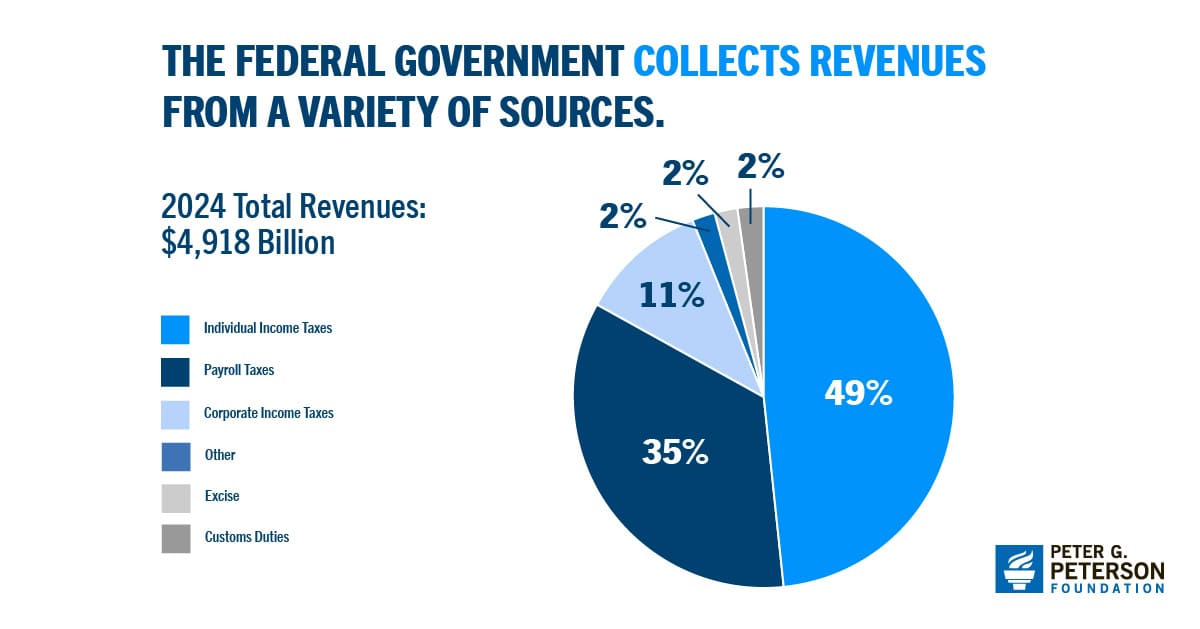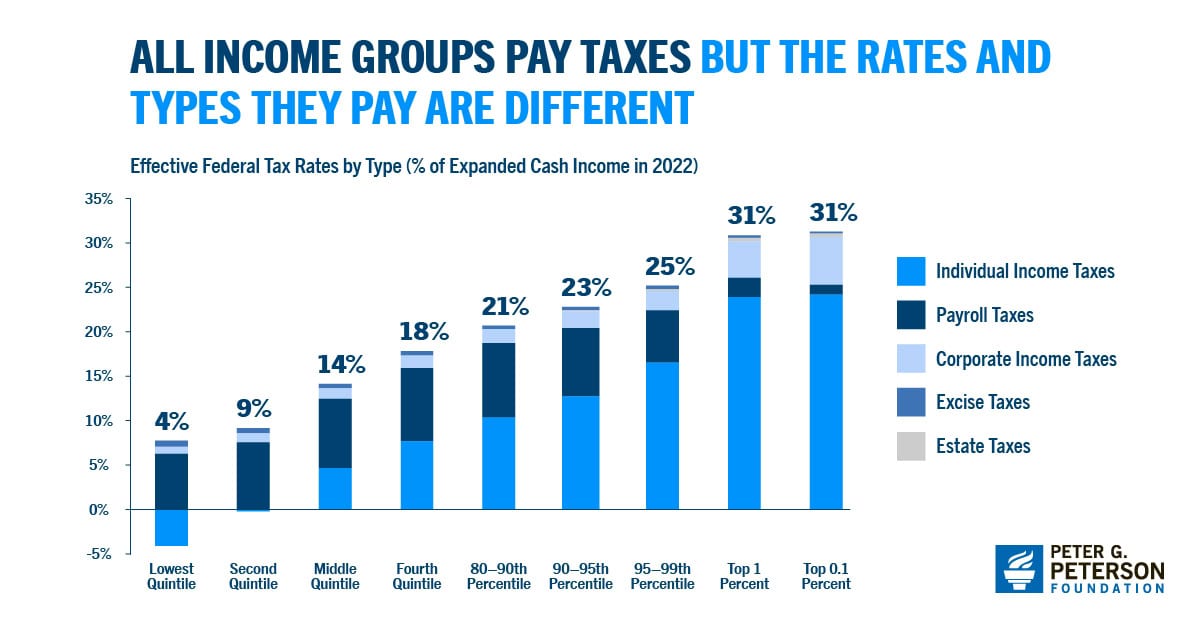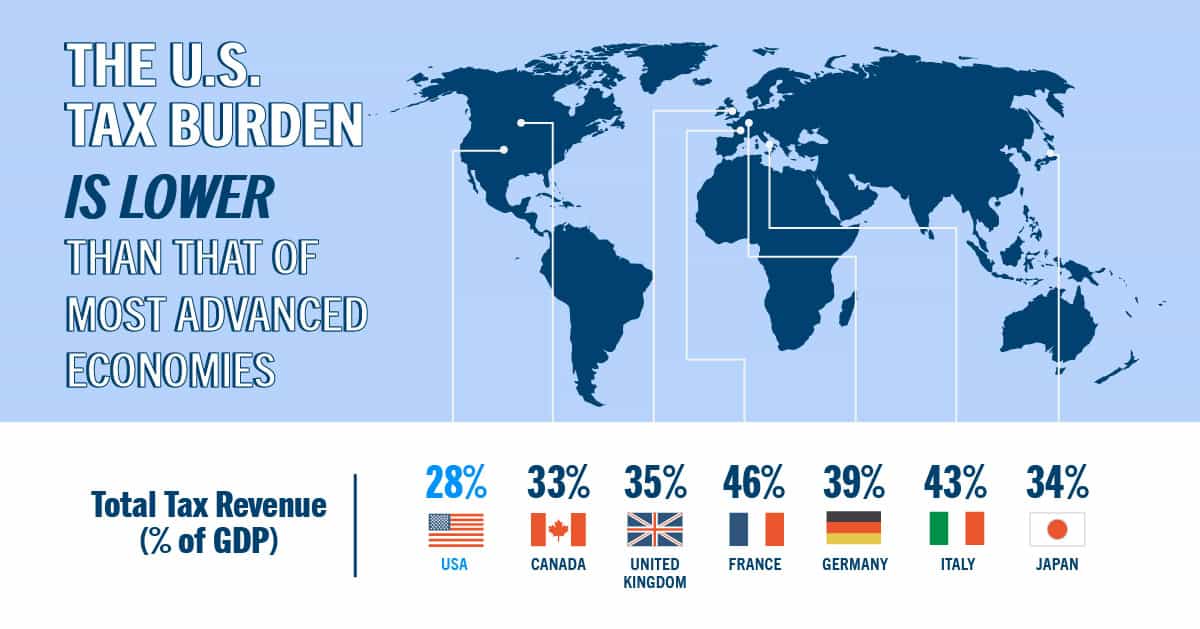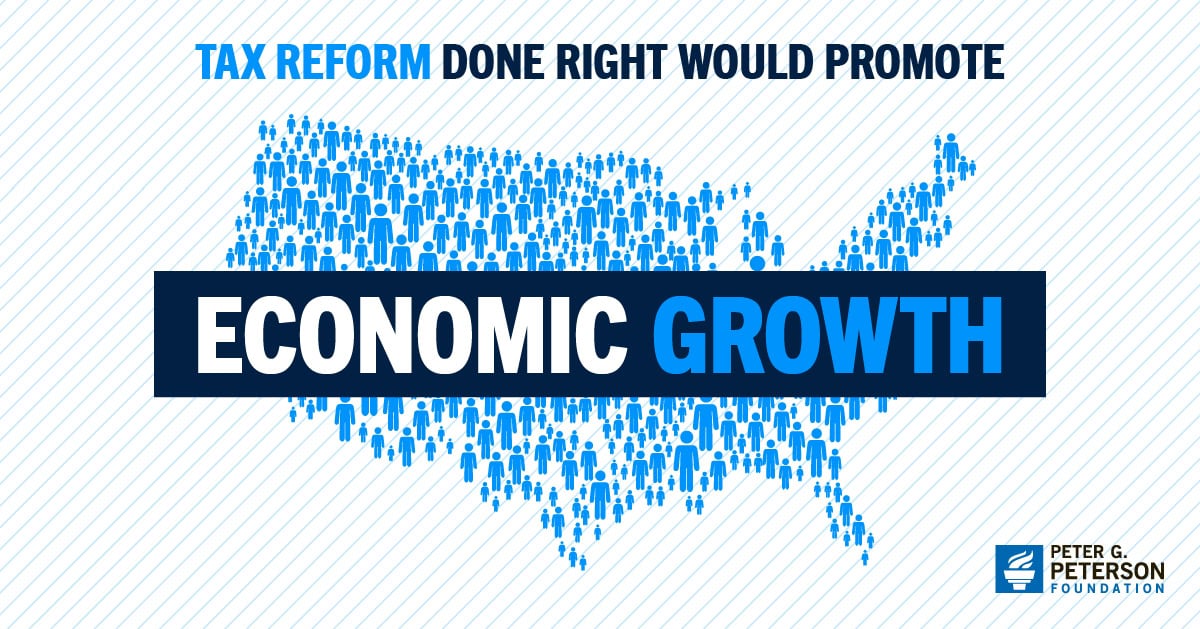One issue that most lawmakers and voters agree on is that our tax system needs reform. It is confusing, complex, and favors some individuals and economic activities over others. Exactly how to improve the tax code, however, can be a hotly contested issue — which is further complicated by common misconceptions about how the current system works.
Many observers have called for simplifying the current tax code to reduce preferences and make it easier to understand. The Administration in its recent budget proposed tax reforms that would target higher-income taxpayers.
Before we can begin to assess the value of specific proposals, it helps to look at the big picture of how the system works. Check out the infographic below for an overview of the system and then test how much you have learned with our tax quiz.

Further Reading
How Did the One Big Beautiful Bill Act Change Tax Policy?
See how OBBBA restructured the tax landscape across four major areas: individual tax provisions, business tax provisions, energy tax credits, and health-related tax changes.
Should We Eliminate the Social Security Tax Cap?
There have been a number of proposals to increase, eliminate, or otherwise adjust the payroll tax cap as a way to shore up Social Security’s finances.
No Taxes on Tips Will Drive Deficits Higher
Here’s how this new, temporary deduction will affect federal revenues, budget deficits, and tax equity.






